[ad_1]
With the exception of a few nearby Chilean islands with only a handful of people, the southernmost populous city on our planet is Puerto Williams, Chile. It is located on Navarino Island, a UNESCO Biosphere Reserve north of Cape Horn, where the Pacific and Atlantic Oceans meet.
Sub-Antarctica is an area just above Antarctica, found between 48°S and 58°S in the Indian and Pacific Oceans and between 42°S and 48°S in the Atlantic Ocean. I’ve made the long journey to this remote place because Puerto Williams is becoming a major player in the global fight against climate change. It also struggles to promote tourism and economic opportunities without destroying the environment.
After a three and a half hour flight to Punta Arenas in the Strait of Magellan, we boarded a large ferry. Once a week it makes the 30 hour trip to Puerto Williams. No fuss, just a chair that reclines a little, a blanket and a canteen that serves three simple meals.
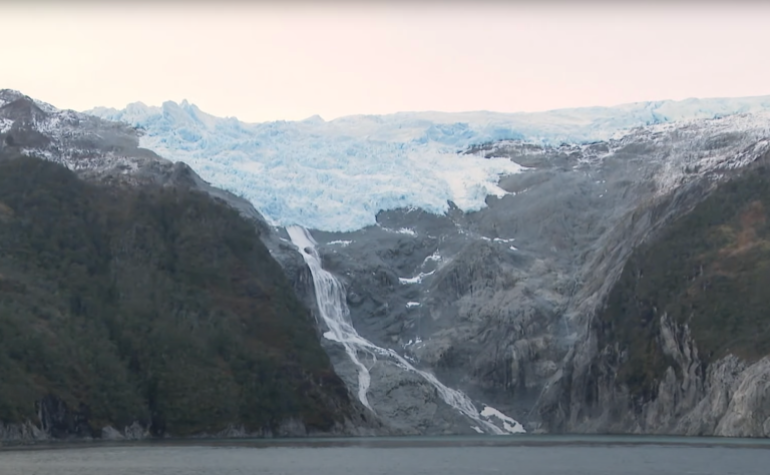
It is provincial to say the least. Unlike the Argentine town of Ushuaia, across the Beagle Channel, Puerto Williams has only one bank, one gas station (closed on Sundays), a store selling food brought from mainland Chile, and one school. A dozen small shops are closed most of the time and there are few dining options. There is no cinema or entertainment. The hospital is new, but so poorly equipped that emergency patients have to be flown to Punta Arenas on the mainland, weather permitting. That includes giving birth.
Still, about 2,000 Chileans live in Puerto Williams. Half of them are Marines stationed at the island’s naval base, leaving after a four-year tour. Another 25 percent are civil servants. Most of the rest are fishermen who brave the cape’s raging waves to catch king crab.
“It pays well, but every time you go out to sea, you risk your life,” says 28-year-old Matias.
There is also a small indigenous Yagan community. The Yagans were the original inhabitants of Tierra del Fuego and Cape Horn, nomads who arrived in the area thousands of years before Charles Darwin set foot ashore and used canoes for fishing. They stayed warm in the windy, freezing temperatures by slathering sea lion fat on their skin and wearing animal furs. But when the Europeans, and later the Chileans and Argentines, settled in the region in the mid-1880s, the near-extinction of the Yagans began.
Today only about 200 live on the island of Navarino. The last Yagan who spoke their language died last year.
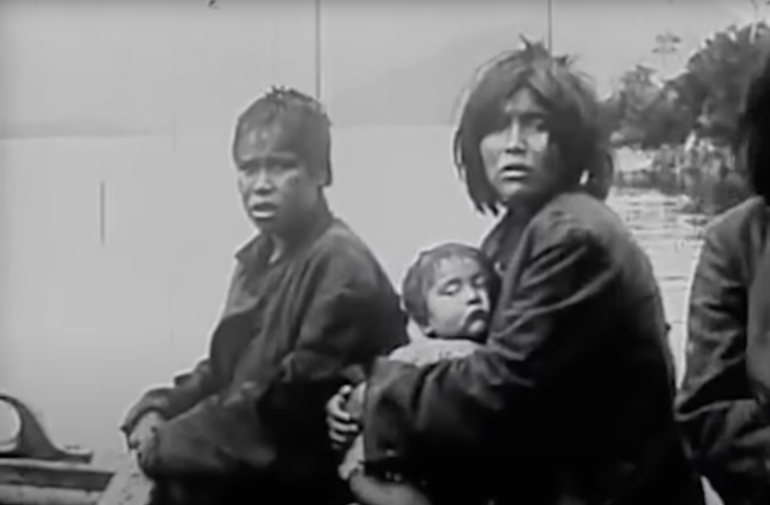
Cape Horn is known for its harsh weather and natural beauty. The air is pure and the glaciers and snow-capped Darwin mountain range are breathtaking.
“It’s a jewel,” says Ricardo Rozzi, director of the newly opened Cape Horn Subantarctic International Center (CHIC). “There are few places like this left in the world. It also has the cleanest water in the world.”
Rozzi is a Chilean biologist and philosopher who divides his time between the sub-Antarctic and the University of North Texas.
Rozzi’s charisma and passion for saving our natural world has convinced 250 climate researchers, anthropologists, geophysicists, ornithologists, engineers, educators and many other scientists from around the world to join forces at CHIC, funded primarily by the Chilean government with the participation of half a dozen Chilean universities.
“We want to refocus the world of Cape Horn by turning it into a biocultural, educational and scientific center,” says Rozzi. “There are huge and largely pristine subtropical forests here that are home to 5 percent of the world’s biodiversity. Yet the world is losing its cultural and biological diversity, the prior faster than the last.”
From here and on the surrounding islands, scientists are measuring greenhouse gases, the changing ocean and air temperatures, and a range of other indicators that will help predict environmental changes.
But those at the new sub-Antarctic center say pure science isn’t enough.
“The crux of this is to make CHIC a laboratory to be able to design an education system that is eco-cultural, that can expand not only in Chile but in the region and the world,” says anthropologist Andrea Valdivia. “It’s designed so that people can appreciate and understand nature and not destroy it.”
That is why CHIC emphasizes what it calls biocultural education. There are courses for students to learn why and how to protect the environment, starting in kindergarten.
But as nearly pristine as Puerto Williams is, change is coming. The locals tell me that they need to develop more economic opportunities, otherwise young people will not want to live here.
A new pier is already being built so that large cruise ships can dock and use the island as a new gateway to Antarctica.
“That would be very welcome. Of course we need restaurants, a bigger airport, hotels, better services. We also need to protect our environment. But growth is inevitable,” says Edwin Olivares, leader of the Fishermen’s Association.
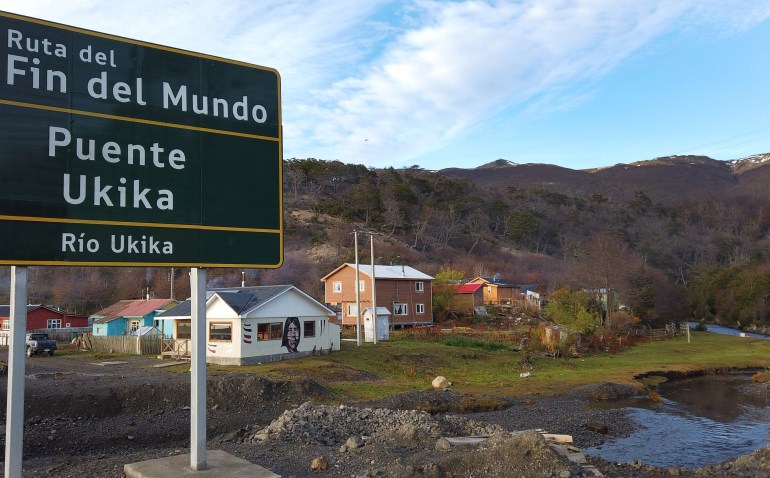
At the moment, the airport is one large space with two large wood stoves to keep passengers from freezing while waiting for the local airline’s plane. There are no security checks or modern screening equipment. It’s actually very refreshing.
Although Puerto Williams is small, the residents admit that they live quite apart from each other. The Marines and their families stay together, as do the fishermen, the officials and the Yagans.
Teacher Luis Gomez is president of the Yagan community. He tells me he wants progress, but isn’t sure Puerto Williams and its environs are prepared for such an influx of people.
And he also worries that his people may not be included in the progress that may come.
“For example, we want to be able to sell our handicrafts, not only for economic reasons, but also because we were almost destroyed,” says Gomez. “So when someone buys a small handcrafted canoe or basket, it’s not just a souvenir, it’s part of our history and culture. It’s important to us.”
CHIC, in turn, promotes another form of tourism: bird watching in the Omora Park on the island. Why bird watch?
“The love of nature is in our DNA. It’s stuck even as our society pushes it out of us,” said Greg Miller of the Audubon Society, a US-based conservation organization. “There are more bird watchers than golfers – 70 million – and they want to protect the flora and fauna that will allow people to view these animals from afar with binoculars in their natural habitat.”
Miller partners with CHIC to promote sustainable tourism. As we spoke, we looked up to see several woodpeckers pecking at trees at lightning speed. The reserve is home to the second largest of their kind, and they are everywhere, as are owls, hawks and other birds.
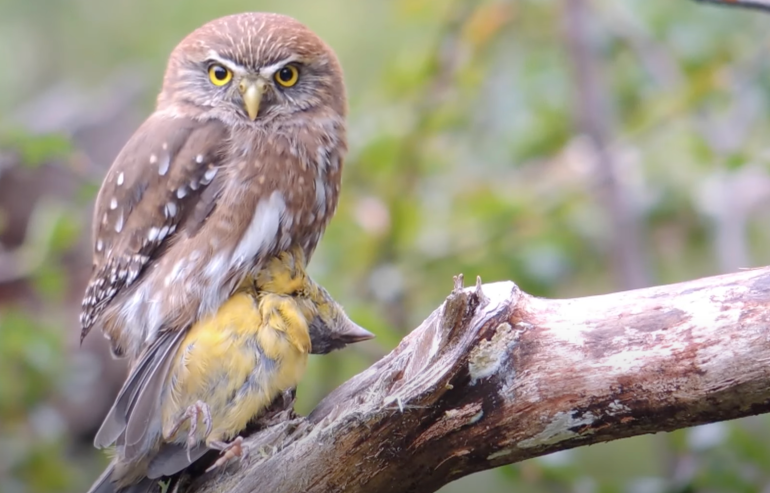
Ornithologists also work in the reserve, studying and marking birds and observing their migratory and breeding patterns.
“Birds are like sentinels of climate change,” said Audubon Society scientist Chad Wilzie. “They are an important kind of indicator of the impact of climate change on our environment because they are very sensitive to it. I mean, we can go back to the 1800s or before when canaries were taken to coal mines to detect the presence of carbon monoxide.
The premise is that Cape Horn will become an important natural laboratory for identifying factors of climate change and changing our relationship with nature, or at least attempting to do so.
“Changes in sub-Antarctica are precursors to Antarctica and provide important information about what has or will happen on that increasingly unfrozen continent.” geophysicist Matias Troncoso says. “And it could give us clues on how to mitigate and reverse potential effects of climate change through public policy.”
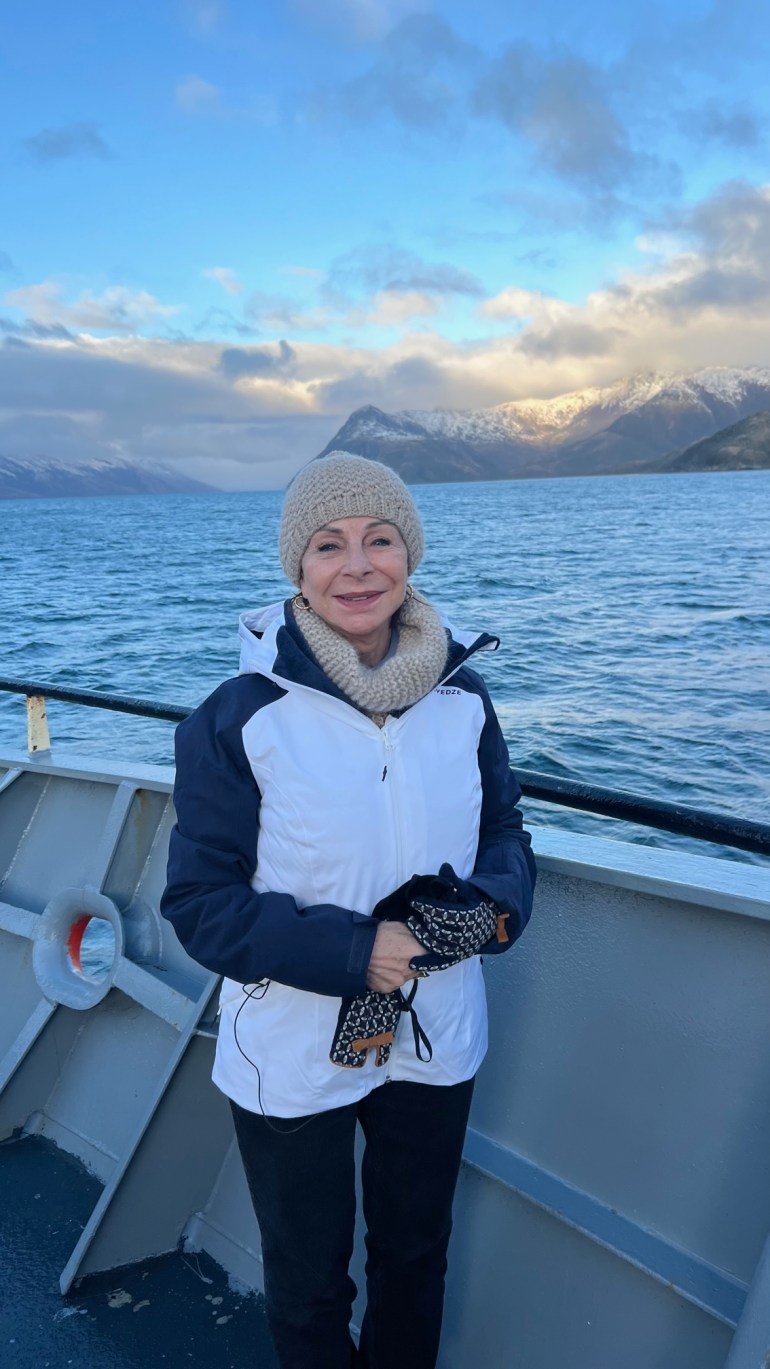
[Courtesy Lucia Newman/Al Jazeera]
[ad_2]
Source link